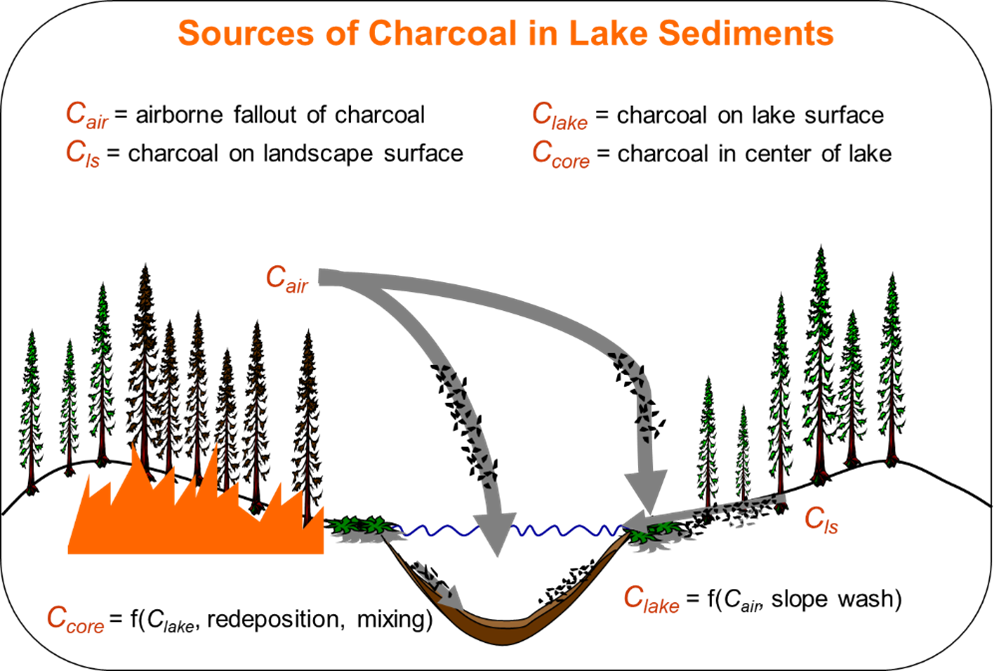Last updated: November 22, 2023
Article
The story at the bottom of the lake: Detecting past fires through lake coring in Denali

Dr. Phil Higuera, University of Montana
To address the limited understanding of fire history and fire regimes in the front-country of Denali National Park and Preserve, National Park Service Alaska Regional Fire Ecologists and University of Alaska, Fairbanks (Dr. Nancy Bigelow) developed a collaborative proposal that was funded by the National Park Service – Fire Reserve Research Funds in 2023. The goal of the research is to improve the understanding of past fire regimes, vegetation, and spruce bark beetle outbreaks using paleo-sediment records from lakes and peat cores in and around Denali Park.

Sarah Stehn, NPS

NPS

Sarah Stehn, NPS
